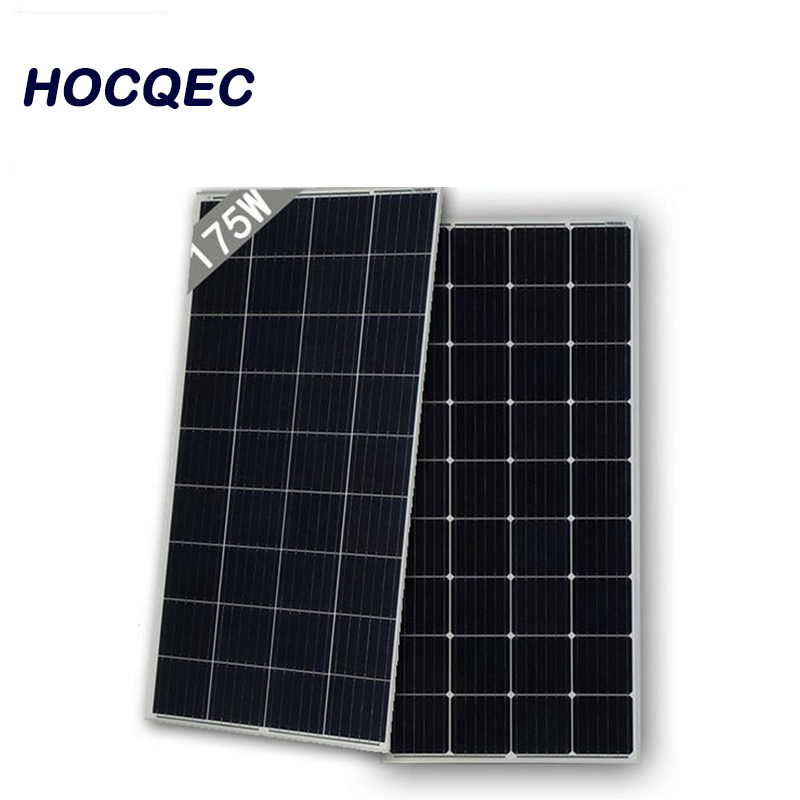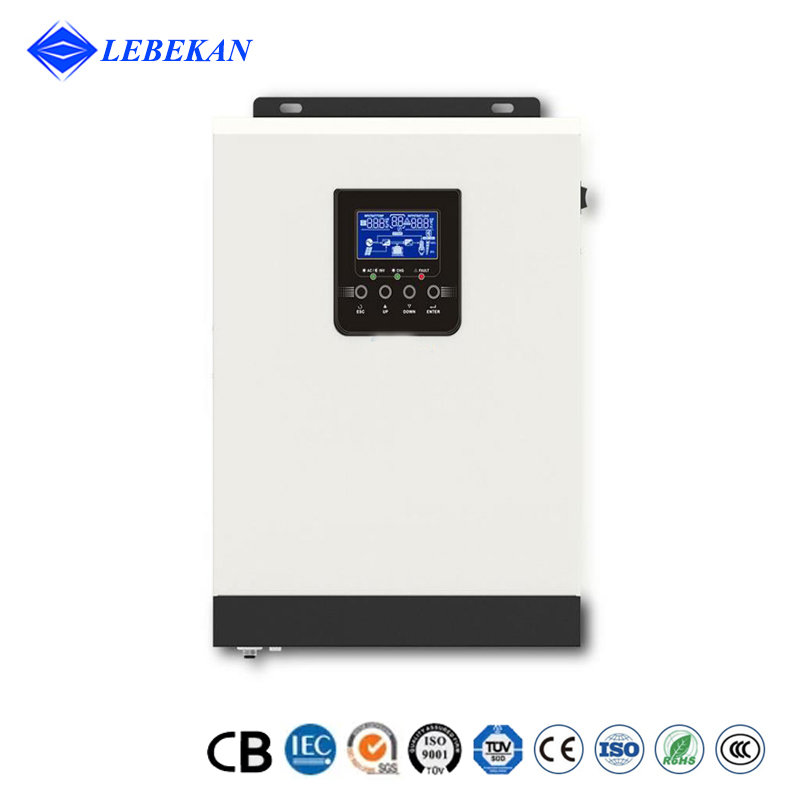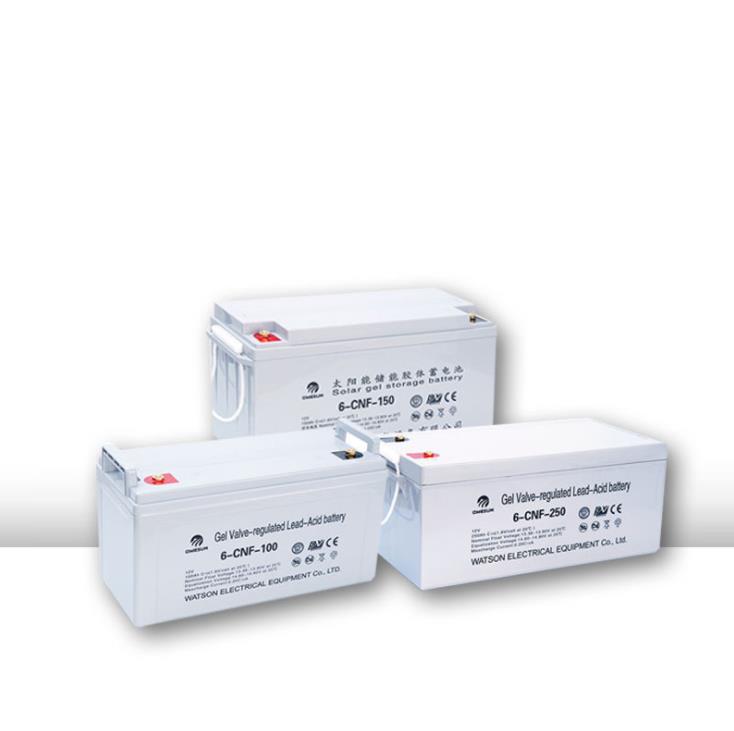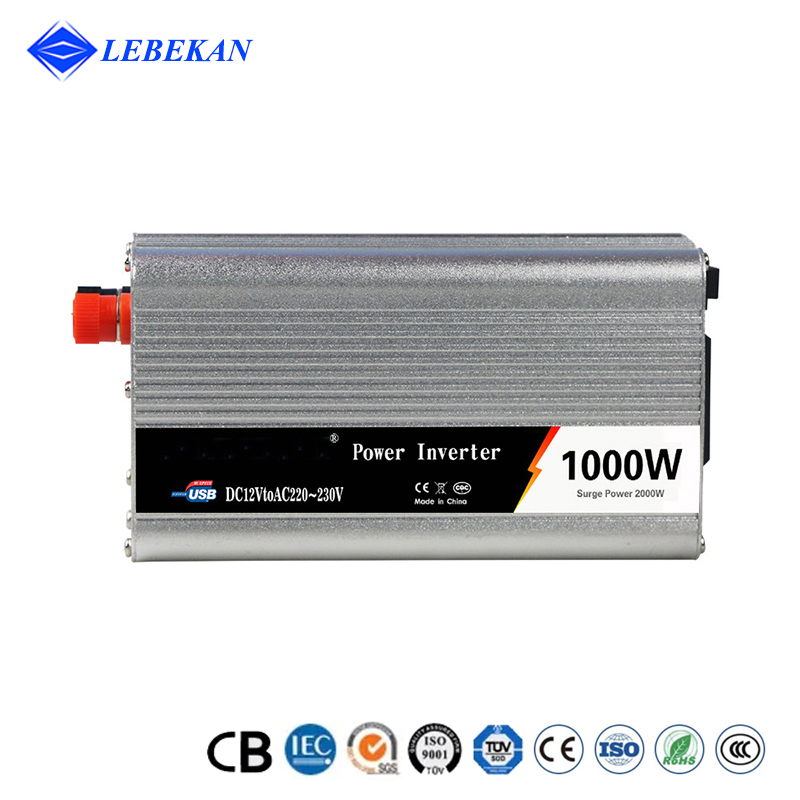How to choose and install Home Solar Power System 10-1
First of all, we install the solar energy system not only because it is one of the economical energy sources, but also because it can meet the electricity demand of our households. It will not feel dark at night due to power outages, and it can also convert excess electricity into cash. But how do we choose a solar system, I will use 7 parts to describe how to choose and install a solar home off-grid system.

A. Factors to consider
1. Where is the solar power generation system used? How is the solar radiation in the area?
2. What is the load power of the system?
3. What is the output voltage of the system, DC or AC?
4. How many hours does the system need to work per day?
5. In case of rainy weather without sunlight, how many days does the system need to supply power continuously?
6. In the case of the load, pure resistive, capacitive or inductive, what is the starting current?
7. The number of system requirements.
B. Classification of power generation systems
Solar power generation systems are divided into off-grid power generation systems and grid-connected power generation systems:
1. Off-grid power generation system. It is mainly composed of solar cell components, controllers, and batteries. To supply power to the AC load, an AC inverter needs to be configured.
2. The grid-connected power generation system is that the DC power generated by the solar modules is converted into AC power that meets the requirements of the mains grid through the grid-connected inverter, and then directly connected to the public grid. The grid-connected power generation system has centralized large-scale grid-connected power stations, which are generally national-level power stations. However, this kind of power station has large investment, long construction period and large area, making it difficult to develop. The decentralized small grid-connected power generation system, especially the photovoltaic building-integrated power generation system, is the mainstream of grid-connected power generation due to its advantages of small investment, fast construction, small footprint, and strong policy support.
C. System composition
The solar power generation system consists of a solar cell group, a solar controller, and a battery (group). If the output power is AC 220V or 110V, an inverter is also required.
D. Solar panels

The solar panel is the core part of the solar power generation system. The function of the solar panel is to convert the light energy of the sun into electrical energy, and then output the direct current and store it in the battery. The solar panel is one of the most important components in the solar power generation system, and its conversion rate and service life are important factors that determine whether the solar cell has use value. Component design: According to the requirements of the International Electrotechnical Commission IEC: 1215: 1993 standard, 36 or 72 polycrystalline silicon solar cells are used in series to form various types of 12V and 24V components. The module can be used in various household photovoltaic systems, independent photovoltaic power plants and grid-connected photovoltaic power plants.
Features of raw materials: Cells: Encapsulated with high-efficiency (above 16.5%) monocrystalline silicon solar cells to ensure sufficient power generation of solar panels. Glass: Low-iron tempered suede glass (also known as white glass), with a thickness of 3.2mm, has a light transmittance of more than 91% in the wavelength range of solar cell spectral response (320-1100nm). For infrared light greater than 1200 nm have higher reflectivity. At the same time, the glass can withstand the radiation of solar ultraviolet rays, and the light transmittance does not decrease. EVA: A high-quality EVA film layer with a thickness of 0.78mm added with anti-ultraviolet agent, antioxidant and curing agent is used as the sealing agent of solar cells and the connecting agent between glass and TPT. Has high transmittance and anti-aging ability. TPT: The back cover of the solar cell—the fluoroplastic film is white and reflects sunlight, so the efficiency of the module is slightly improved, and because of its high infrared emissivity, it can also reduce the operating temperature of the module, also Conducive to improving the efficiency of components. Of course, the fluoroplastic film first has the basic requirements of aging resistance, corrosion resistance, airtightness, etc. required by solar cell packaging materials. Frame: The aluminum alloy frame used has high strength and strong resistance to mechanical impact. It is also the most valuable part of the solar power system. Its function is to convert the radiation capacity of the sun into electrical energy, or send it to the battery for storage, or drive the load to work.
E. Solar Controller
The solar controller is composed of a dedicated processor CPU, electronic components, displays, switching power tubes, etc.
main feature:

1. The use of single-chip microcomputer and special software realizes intelligent control;
2. Accurate discharge control using battery discharge rate characteristic correction. The end-of-discharge voltage is a control point corrected by the discharge rate curve, which eliminates the inaccuracy of simple voltage control over-discharge, and conforms to the inherent characteristics of the battery, that is, different discharge rates have different end-of-life voltages.
3. It has automatic control such as overcharge, overdischarge, electronic short circuit, overload protection, and unique anti-reverse connection protection; the above protection does not damage any components and does not burn insurance;
4. The series PWM charging main circuit is adopted, which reduces the voltage loss of the charging circuit by nearly half compared with the charging circuit using diodes, and the charging efficiency is 3%-6% higher than that of non-PWM, which increases the power consumption time; the improvement of over-discharge recovery Charging, normal direct charging, and automatic control of floating charging make the system have a longer service life; at the same time, it has high-precision temperature compensation;
5. The intuitive LED light-emitting tube indicates the current battery status, allowing users to understand the usage status;
6. All controls use industrial-grade chips (only for industrial-grade controllers with I), which can run freely in cold, high temperature, and humid environments. At the same time, the crystal oscillator timing control is used, and the timing control is precise.
7. The potentiometer adjustment control set point is canceled, and the E-square memory is used to record each working control point, which digitizes the setting and eliminates the error of the control point due to the vibration deviation and temperature drift of the potentiometer, which reduces the accuracy and reliability. sexual factors;
8. Digital LED display and settings are used, and all settings can be completed by one-button operation. The function of extremely convenient and intuitive use is to control the working state of the entire system, and to protect the battery from overcharge and overdischarge. In places with large temperature difference, a qualified controller should also have the function of temperature compensation. Other additional functions such as light-controlled switches and time-controlled switches should be optional for the controller;
F. battery

The function of the battery is to store the electrical energy emitted by the solar panel when there is light, and release it when needed. Solar battery is the application of 'battery' in solar photovoltaic power generation, mainly using lead-acid maintenance-free battery, ordinary lead-acid battery, gel battery and alkaline nickel-cadmium battery. The solar batteries widely used in China are mainly lead-acid maintenance-free batteries and gel batteries. These two types of batteries are very suitable for reliable solar power because of their inherent "free" maintenance characteristics and the characteristics of less pollution to the environment. systems, especially unattended workstations.
G. Inverter

The direct output of solar energy is generally 12VDC, 24VDC, 48VDC. In order to provide power to 220VAC electrical appliances, it is necessary to convert the DC power generated by the solar power generation system into AC power, so a DC-AC inverter is required.
H. Application areas
1. User solar power
(1) Small-scale power supply ranging from 10-100W, used in remote areas without electricity, such as plateaus, islands, pastoral areas, border posts and other military and civilian life electricity, such as lighting, TV, radio, etc.; (2) 3-5KW family rooftop solar power and Grid power generation system; (3) Photovoltaic water pump: solves the problem of drinking and irrigation in deep wells in areas without electricity.
2. Transportation
Such as beacon lights, traffic/railway signal lights, traffic warning/signal lights, Yuxiang street lights, high-altitude obstruction lights, highway/railway wireless phone booths, unattended road shift power supply, etc.
3. Communication/communication field
Solar unattended microwave relay station, optical cable maintenance station, broadcasting/communication/paging power supply system; rural carrier telephone photovoltaic system, small communication machine, GPS power supply for soldiers, etc.
4. Petroleum, marine and meteorological fields
Oil pipeline and reservoir gate cathodic protection solar power system, life and emergency power supply of oil drilling platform, marine detection equipment, meteorological/hydrological observation equipment, etc.
Five, home lighting power supply
Such as garden lamps, street lamps, portable lamps, camping lamps, mountaineering lamps, fishing lamps, black light lamps, tapping lamps, energy-saving lamps, etc.
6. Photovoltaic power station
10KW-50MW independent photovoltaic power station, wind and solar (diesel) complementary power station, various large parking lot charging stations, etc.
7. Solar building
Combining solar power generation with building materials will make future large-scale buildings self-sufficient in electricity, which is a major development direction in the future.
8. Other areas include
(1) Matching with automobiles: solar vehicles/electric vehicles, battery charging equipment, automobile air conditioners, ventilation fans, cold drink boxes, etc.;
(2) The regenerative power generation system of solar hydrogen production and fuel cell;
(3) Power supply for seawater desalination equipment;
(4) Satellites, spacecraft, space solar power plants, etc.